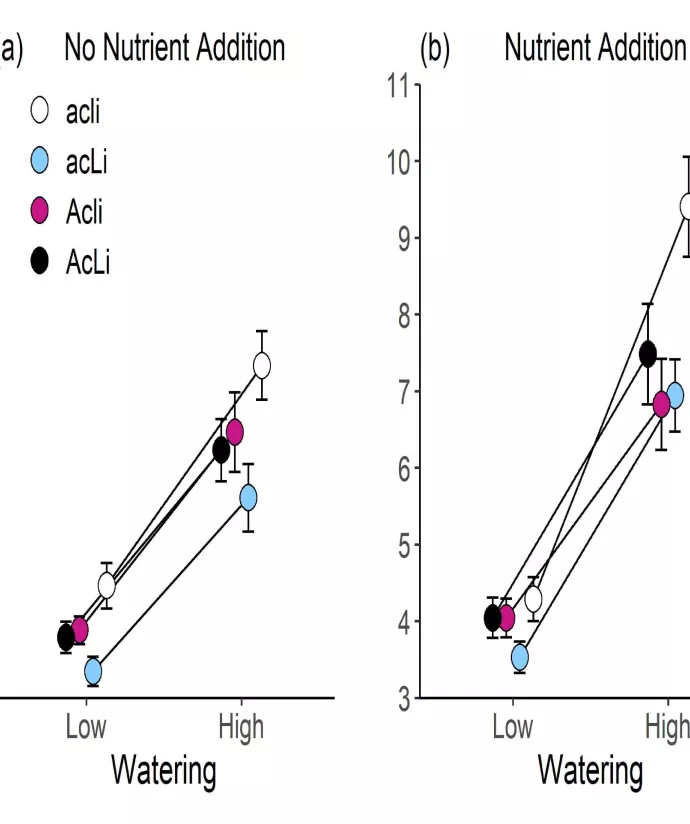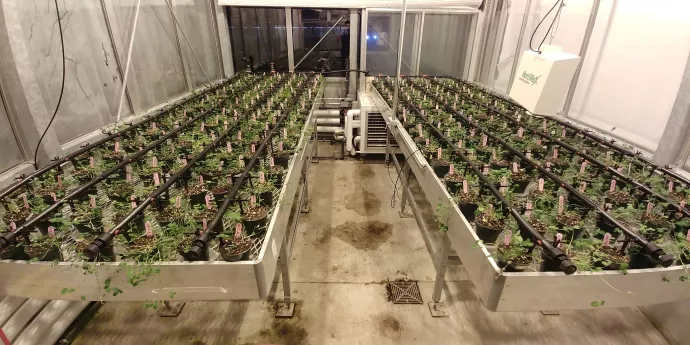
Lucas Albano's 1st Authored Paper Published by the Prestigious OIKOS Advancing Ecology
Lucas Albano, PhD student, Prof. Marc Johnson Supervisor, published his 1st first authored paper:
Interactions between environmental factors drive selection on cyanogenesis in Trifolium repens in OIKOS Advancing Ecology
https://doi.org/10.1111/oik.09629
When a species occupies a large range, it is likely to experience variation in the environment it calls home. In response to this, species often exhibit variation in certain traits that help them to be successful in different environments. For example, some white clover plants have the ability to produce hydrogen cyanide (HCN) as a toxic defense against herbivores, while others do not, and the proportion of white clover that can produce HCN depends on whether or not HCN is

advantageous in a particular environment. We used a greenhouse experiment to investigate drought, soil nutrients, and herbivory as factors that could cause HCN to be advantageous or not in particular environments. We found that whether or not plants produced HCN had little effect on their success. Instead, there were interactions between drought and soil nutrient availability in determining the success of white clover, depending on a precursor molecule (called a cyanogenic glucoside) that is required to produce HCN. More specifically, plants that could produce cyanogenic glucosides were better able to tolerate drought, but only when they were provided with nutrients as well. Therefore, the combination of drought, nutrients, and the ability to produce the precursor cyanogenic glucosides may be involved in whether or not HCN-producing white clover plants have a selective advantage in certain environments. We are hoping that this work will provide some understanding in how multiple environmental factors will interact with each other to influence the way species might adapt to changes in their environment in the future.

